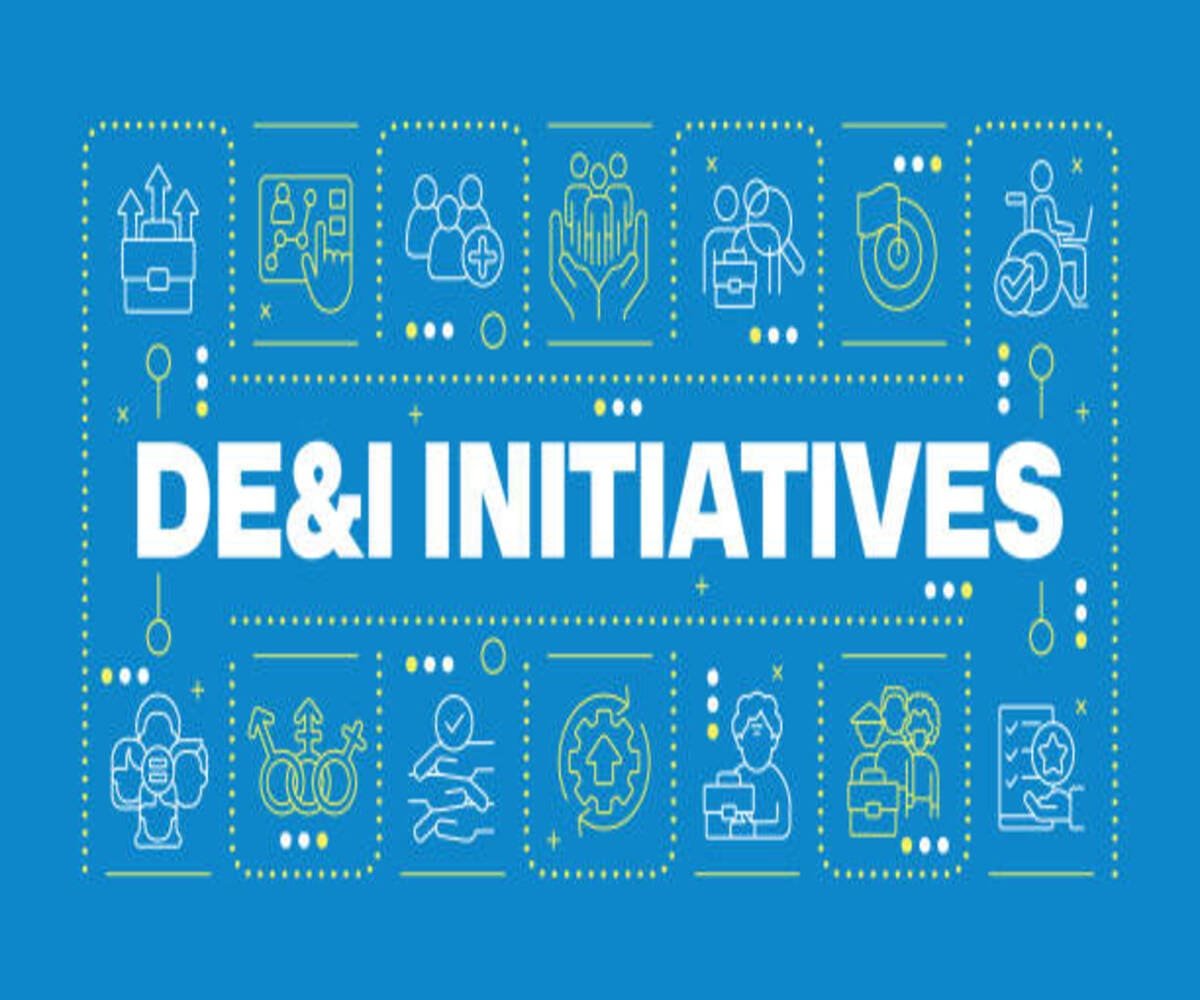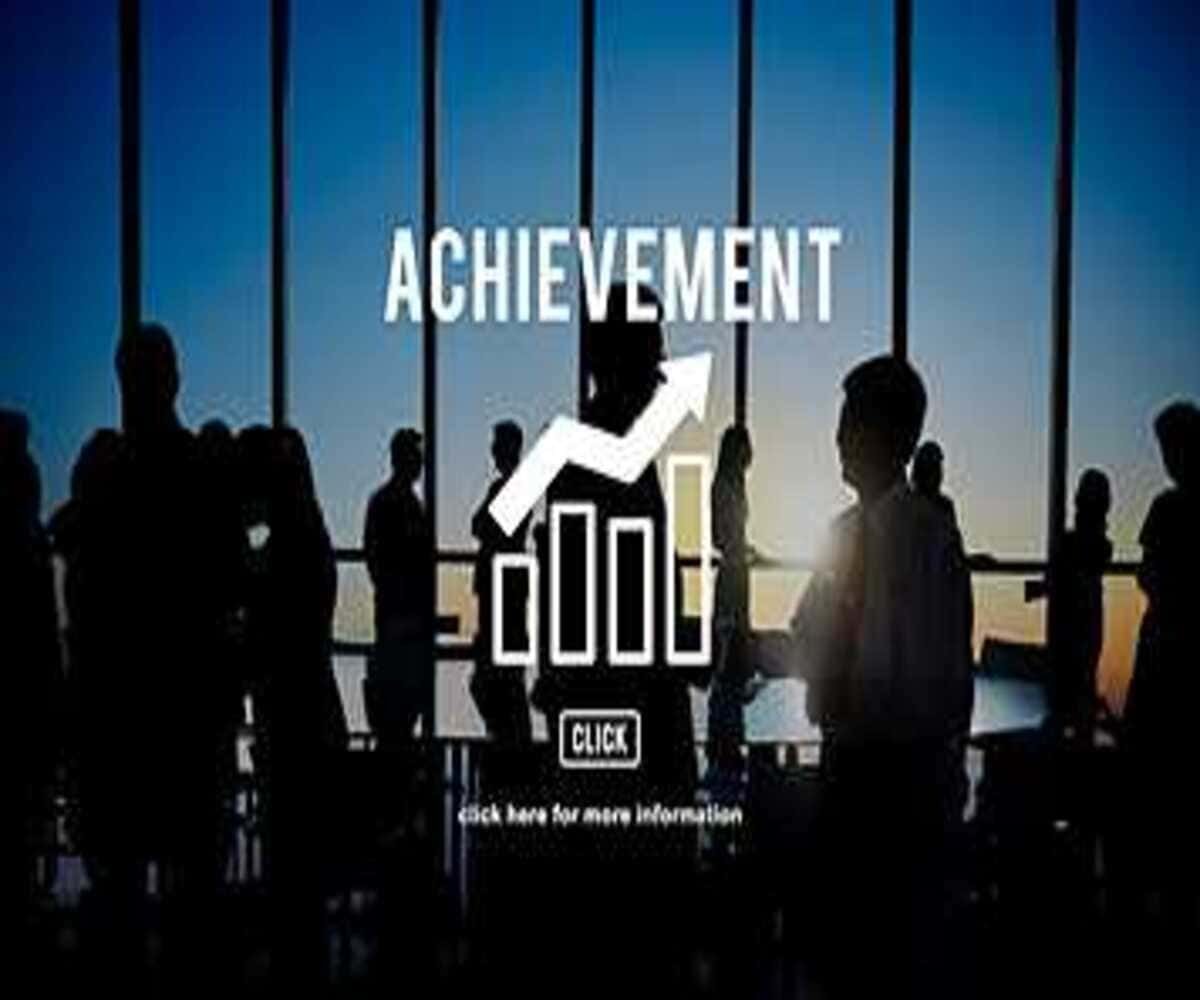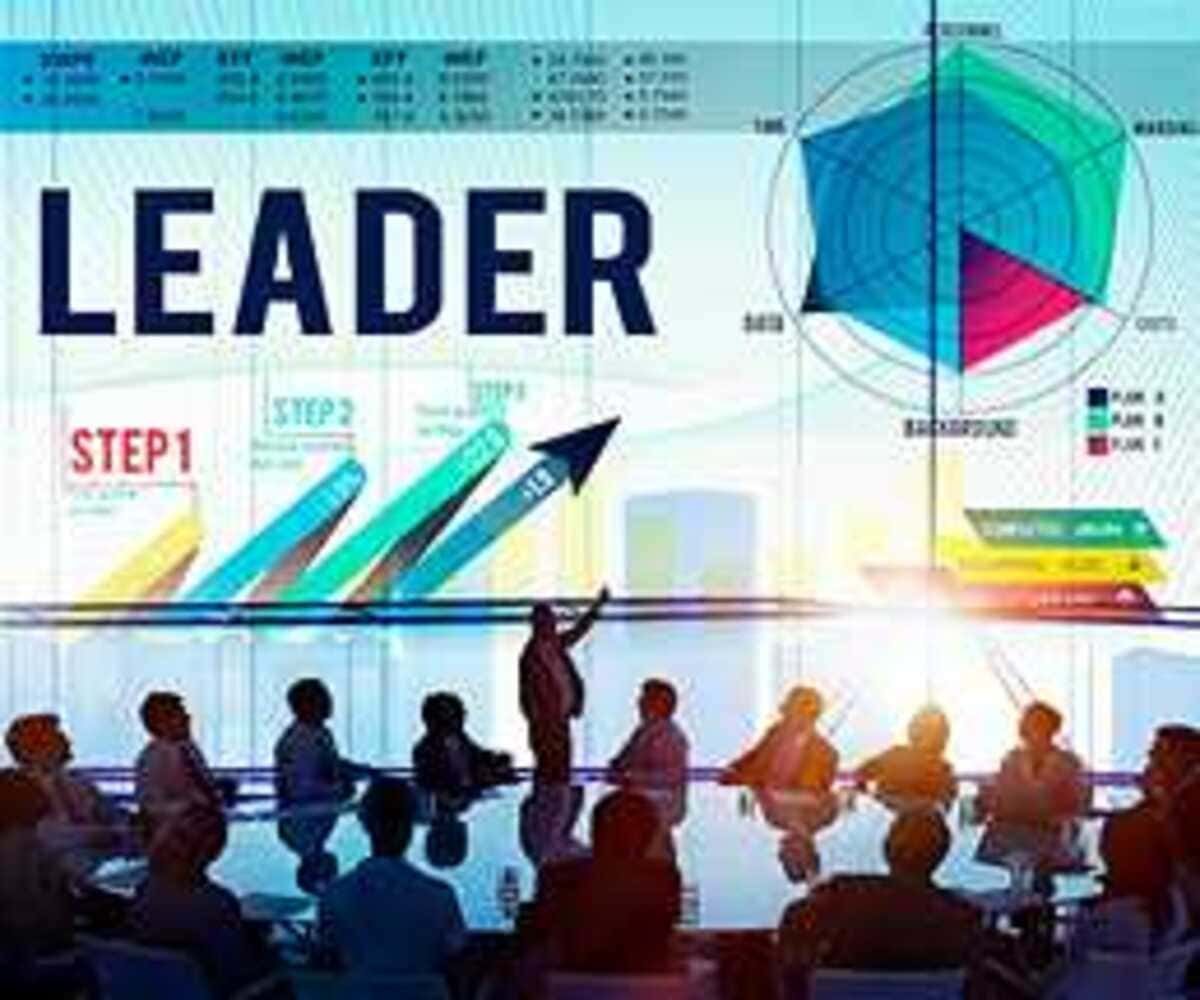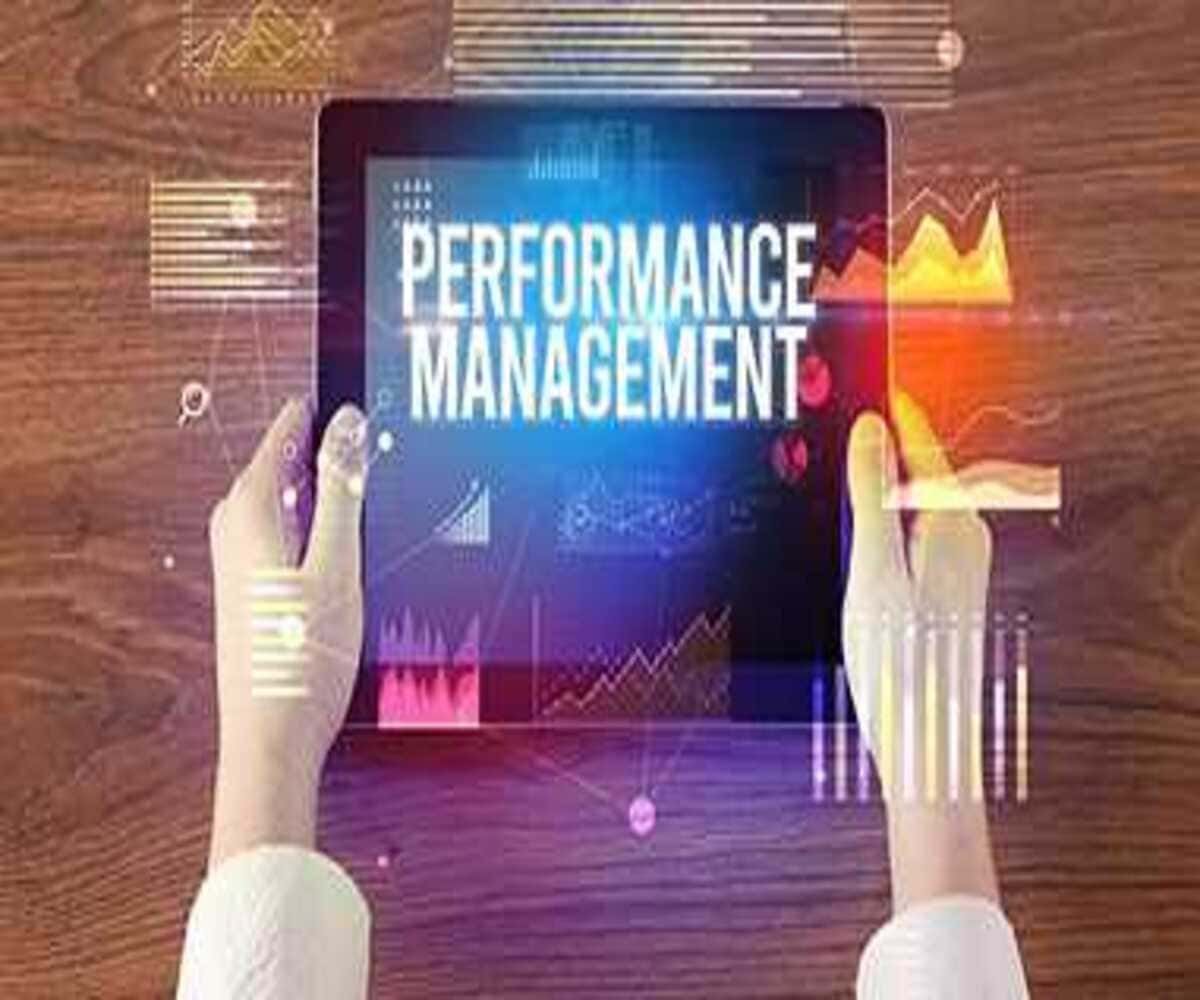Introduction
In today’s rapidly evolving business environment, diversity, equity, and inclusion (DEI) are more than just buzzwords—they are essential for fostering a thriving, innovative, and high-performing workforce. Organizations that prioritize inclusive workplaces see increased employee engagement, retention, and overall business success. As businesses strive for equity and fairness, HR professionals play a pivotal role in leading DEI initiatives, shaping workplace culture, and ensuring inclusive policies.
Creating a diverse and inclusive work environment requires more than policy changes—it demands a strategic, data-driven approach led by HR leaders who understand bias-free hiring, equal opportunity, and cultural intelligence. SignifyHR provides specialized training and certification programs that equip HR professionals with the skills to develop, implement, and measure impactful DEI strategies.
The Critical Role of HR in Diversity & Inclusion
HR professionals act as change agents, ensuring that DEI principles are embedded into an organization’s DNA. From hiring and training to compensation and leadership development, HR leaders shape policies, programs, and workplace culture that foster an inclusive and equitable environment.
1. Promoting Fair and Inclusive Hiring Practices
To build a truly diverse workforce, HR must:
- Implement bias-free recruitment strategies using structured interviews and AI-driven screening tools.
- Expand hiring pipelines to include underrepresented talent pools.
- Train hiring managers on cultural competency and inclusive hiring practices.
2. Creating an Inclusive Work Environment
HR professionals ensure that every employee feels valued, respected, and heard by:
- Establishing Employee Resource Groups (ERGs) for different communities.
- Encouraging open communication, feedback, and cultural awareness programs.
- Implementing policies that support accessibility and workplace accommodations.
3. Ensuring Pay Equity and Career Growth for All
HR teams must work towards closing wage gaps and providing equal advancement opportunities by:
- Conducting regular salary audits to identify pay discrepancies.
- Establishing transparent performance-based promotion policies.
- Supporting leadership development programs for women, minorities, and underrepresented employees.
4. Leading DEI Training and Awareness Programs
To embed DEI into workplace culture, HR should:
- Implement unconscious bias training for employees and leadership.
- Facilitate mentorship and sponsorship programs for diverse employees.
- Develop DEI-focused leadership training to empower managers as inclusivity champions.
5. Measuring DEI Success with Data Analytics
HR professionals should use data-driven insights to track and enhance DEI efforts by:
- Analyzing hiring, promotion, and retention metrics to assess diversity progress.
- Gathering employee feedback through anonymous surveys.
- Setting measurable DEI goals aligned with business objectives.
HR Training and Certification in Diversity & Inclusion
To successfully lead DEI initiatives, HR professionals must have the right knowledge, strategies, and tools. SignifyHR offers comprehensive DEI certification programs designed to help HR teams develop, implement, and track diversity efforts effectively.
1. DEI Leadership & Inclusive Workplace Strategies
Learn how to:
- Build inclusive recruitment and hiring frameworks.
- Develop bias-free performance evaluations and promotion strategies.
- Create custom DEI action plans for organizational success.
2. Unconscious Bias Awareness & Training for HR
Gain insights into:
- Recognizing and mitigating unconscious biases in hiring and promotions.
- Training managers and employees on inclusive behaviors.
- Implementing bias-free decision-making in HR policies.
3. HR Analytics for DEI: Measuring Impact and Success
Master the use of:
- Workforce demographic data for DEI tracking.
- HR technology and analytics tools for DEI success measurement.
- Data-backed policy adjustments to enhance inclusivity.
4. Inclusive Leadership Development for HR Professionals
Understand how to:
- Train executives and managers to be inclusive leaders.
- Establish diverse leadership pipelines within the organization.
- Promote allyship, advocacy, and cultural intelligence in leadership.
5. Creating Effective Employee Resource Groups (ERGs)
Learn best practices for:
- Developing and managing ERGs to support workplace diversity.
- Encouraging collaboration between ERGs and leadership.
- Strengthening organizational culture through diverse employee networks.
How HR Professionals Can Stay Ahead in DEI Leadership
1. Commit to Continuous Learning and Certification
HR professionals must stay updated on DEI best practices by:
- Earning certifications in diversity, equity, and inclusion management.
- Attending workshops, HR summits, and industry events.
- Engaging with DEI experts and thought leaders.
2. Integrate DEI into All Workplace Policies
A strong DEI strategy goes beyond recruitment—HR must ensure inclusivity in:
- Performance reviews, leadership training, and succession planning.
- Workplace policies on flexibility, benefits, and accommodations.
- Talent retention strategies that emphasize growth for all employees.
3. Advocate for Executive Buy-In and DEI Investment
HR professionals must gain leadership support by:
- Presenting data-driven business cases for DEI investment.
- Demonstrating the ROI of inclusive hiring and retention strategies.
- Ensuring leadership commitment to diversity-friendly policies.
4. Foster a Culture of Psychological Safety
HR leaders must create a workplace where employees:
- Feel safe to express ideas, concerns, and challenges.
- Engage in open dialogue about cultural differences.
- Are recognized and valued for their unique contributions.
Final Thoughts: The Future of HR in Diversity & Inclusion
HR professionals are at the forefront of shaping inclusive, equitable workplaces that foster innovation, engagement, and organizational growth. Building a truly inclusive workforce requires long-term commitment, data-backed policies, and proactive leadership.
Through SignifyHR’s expert-led DEI certification programs, HR professionals gain the skills to develop and execute impactful diversity initiatives, measure success, and drive meaningful cultural change.
Advance your HR career and become a leader in workplace inclusion—enroll in SignifyHR’s DEI certification today!










